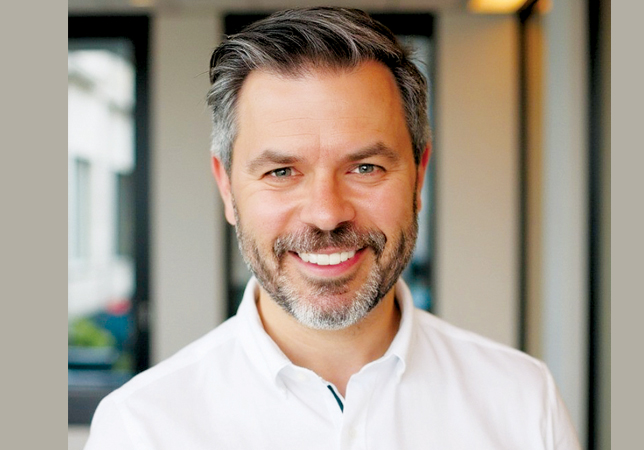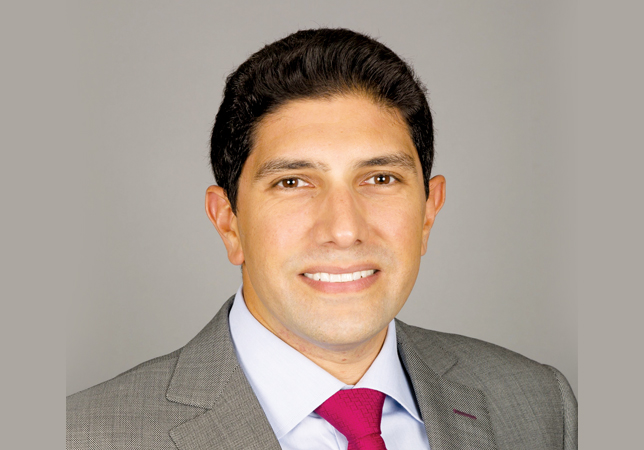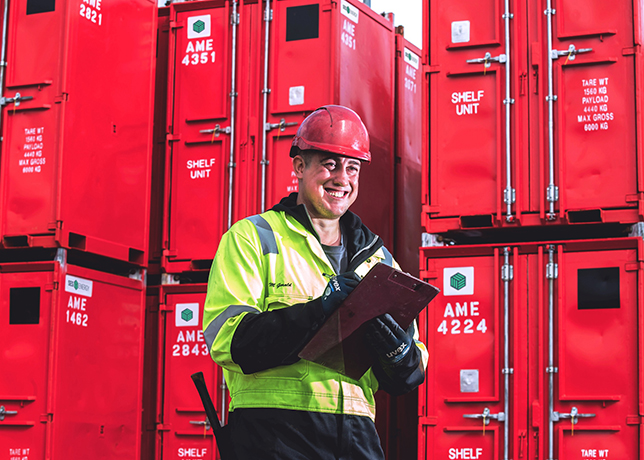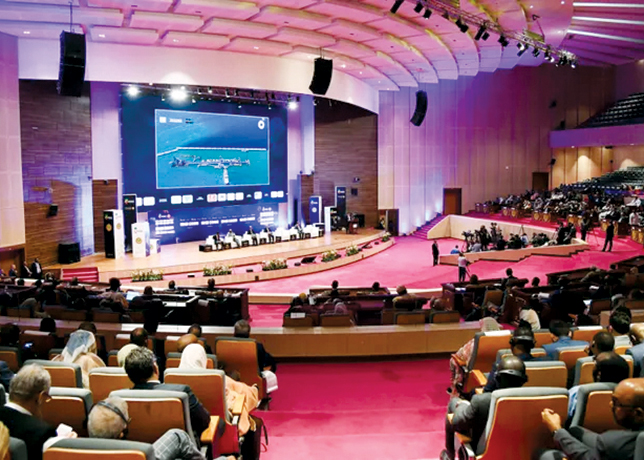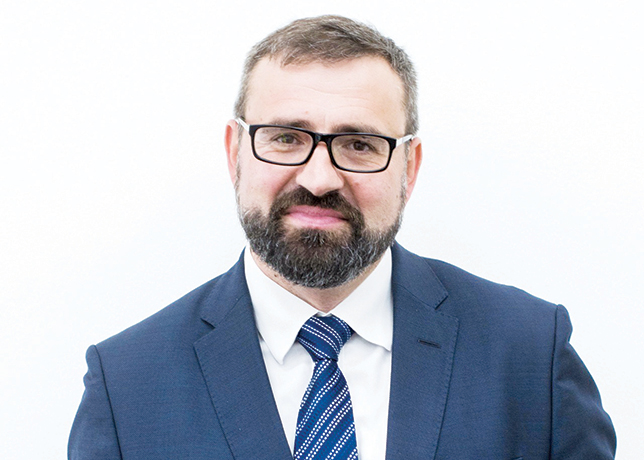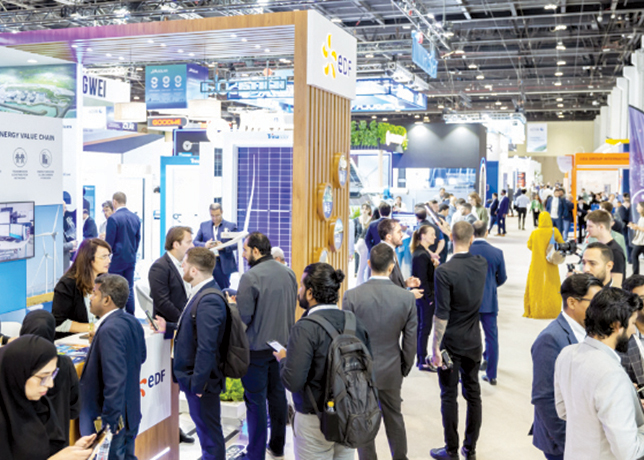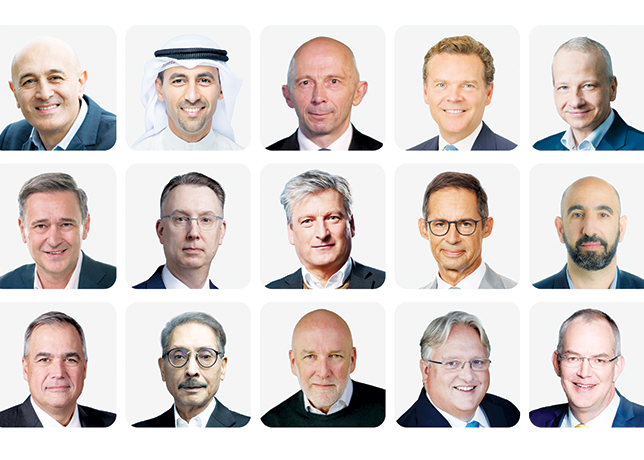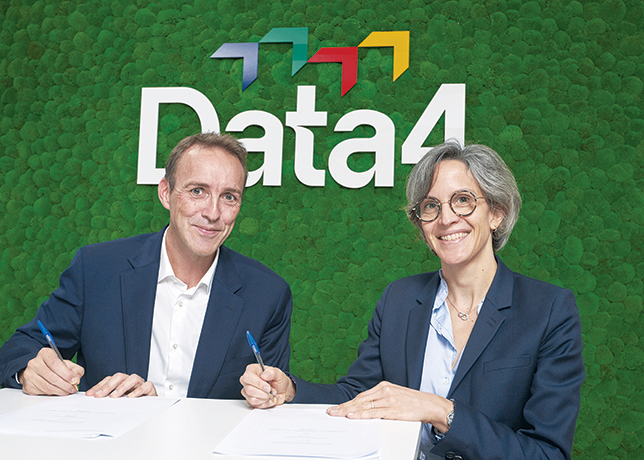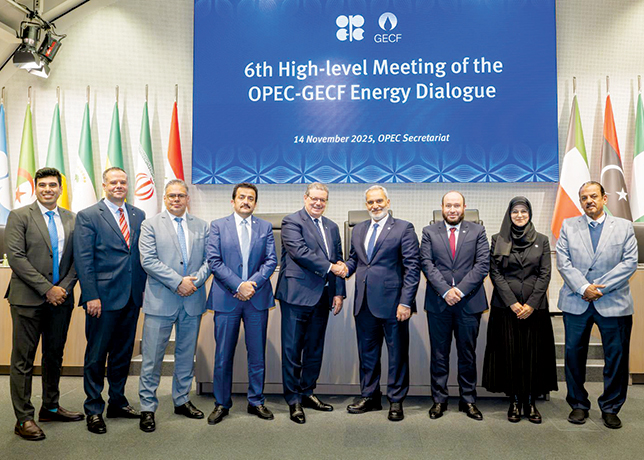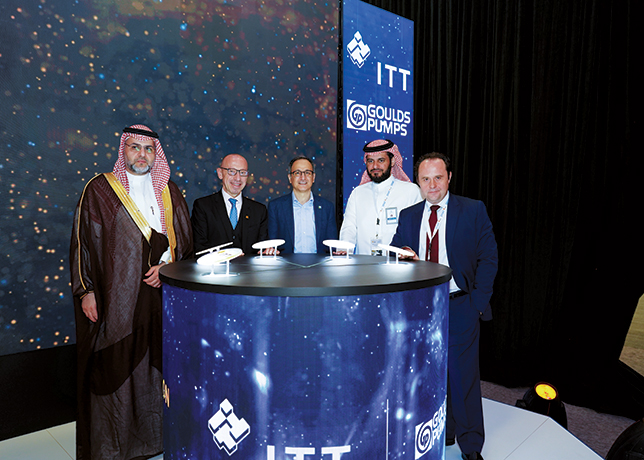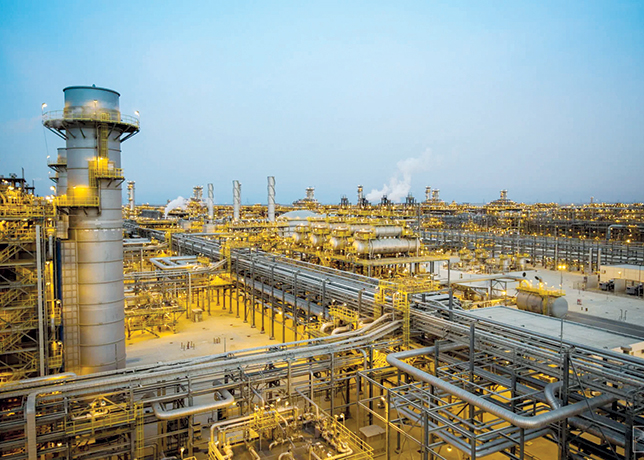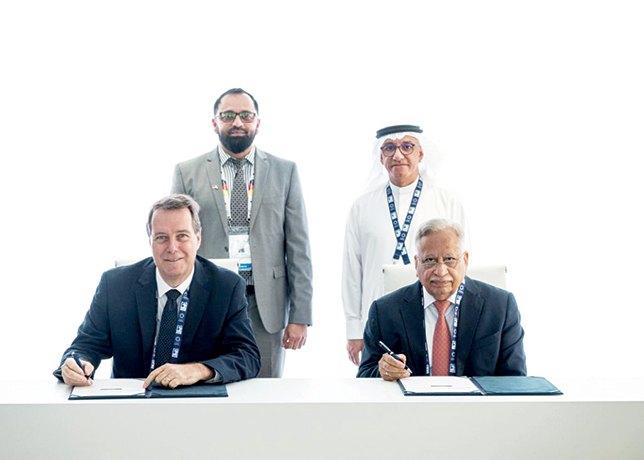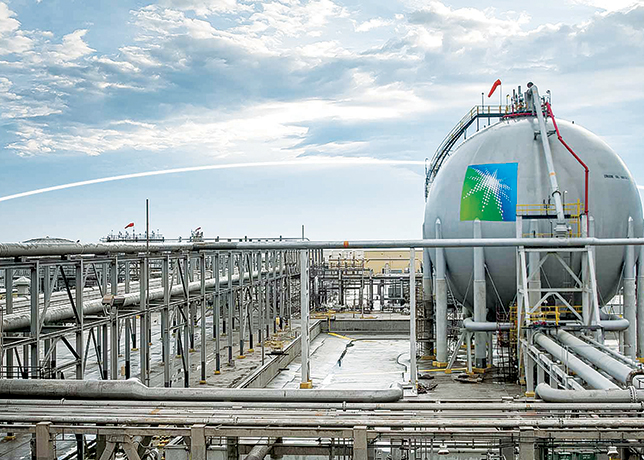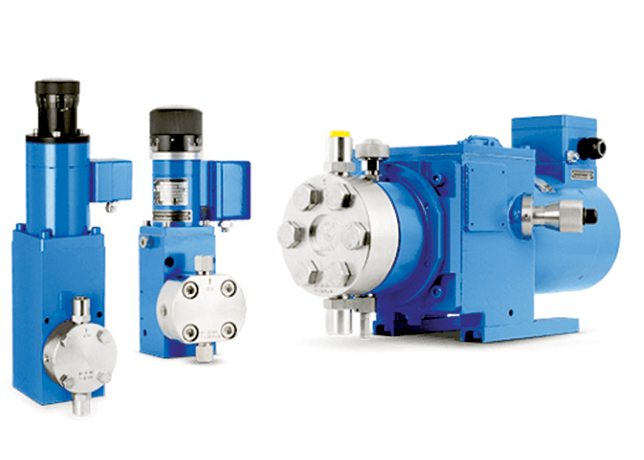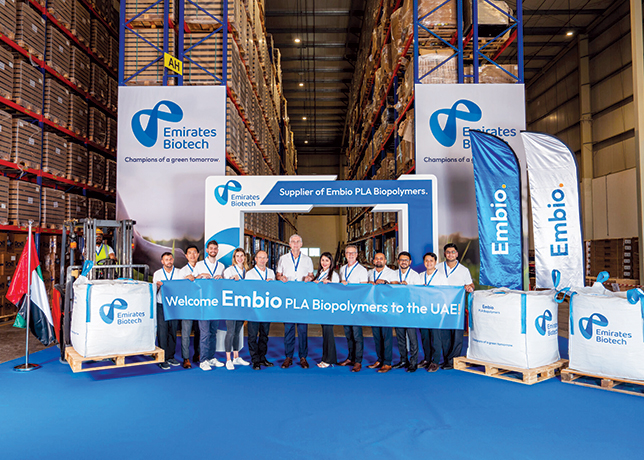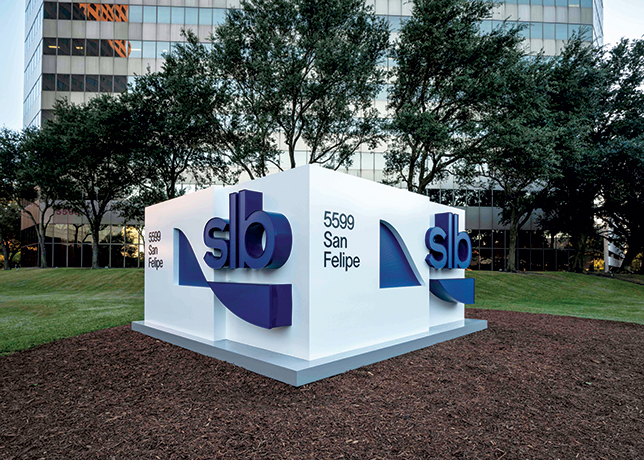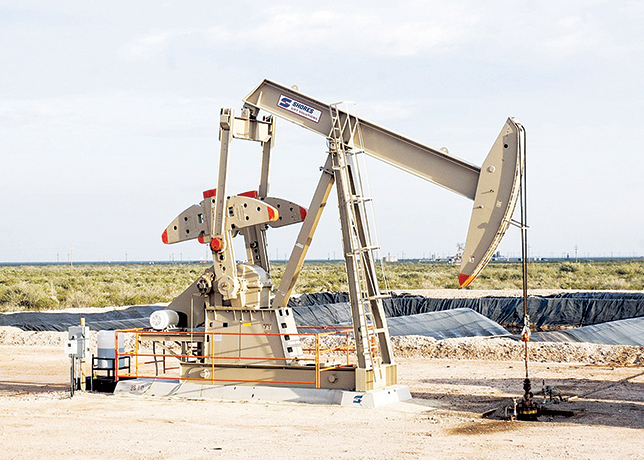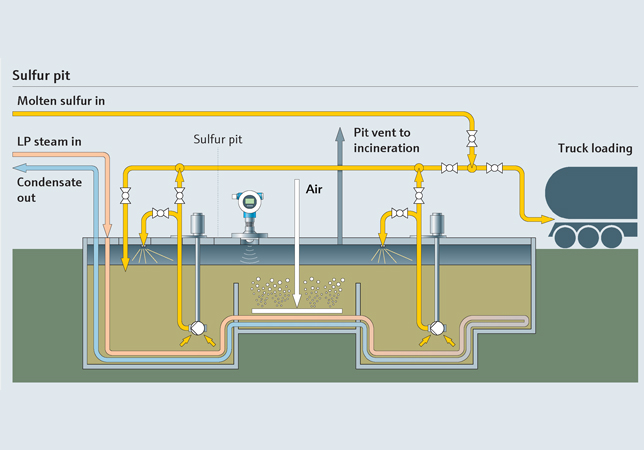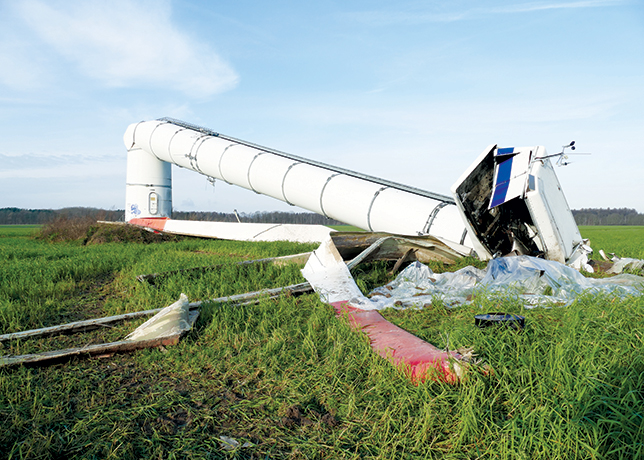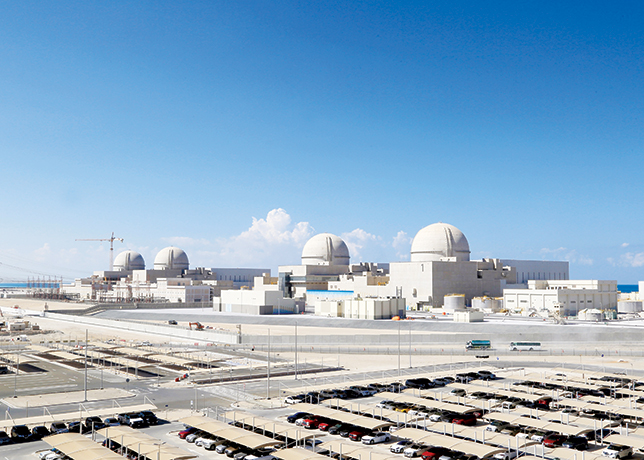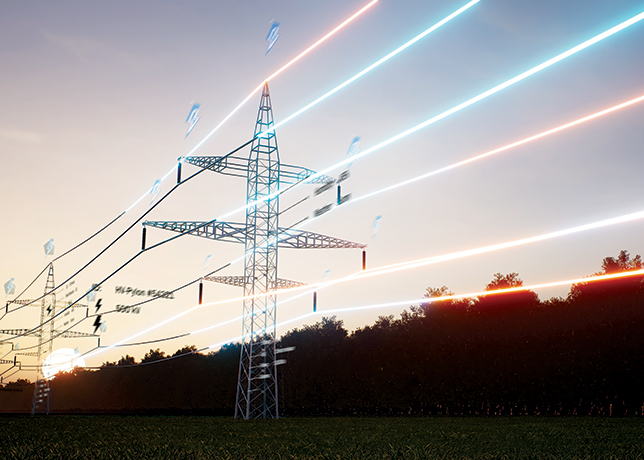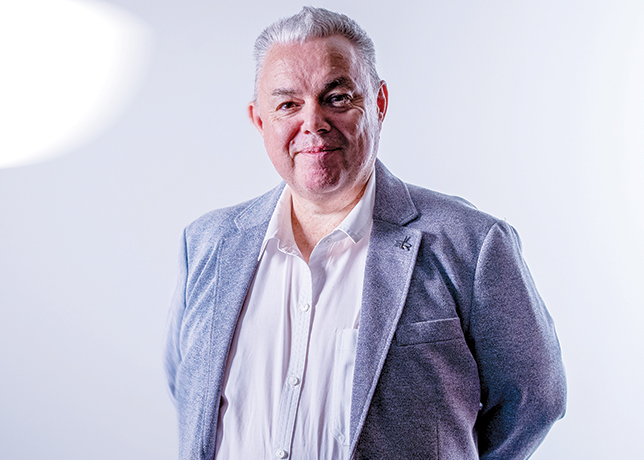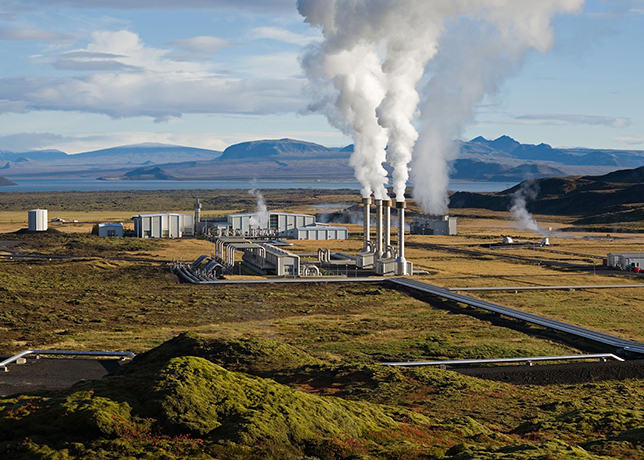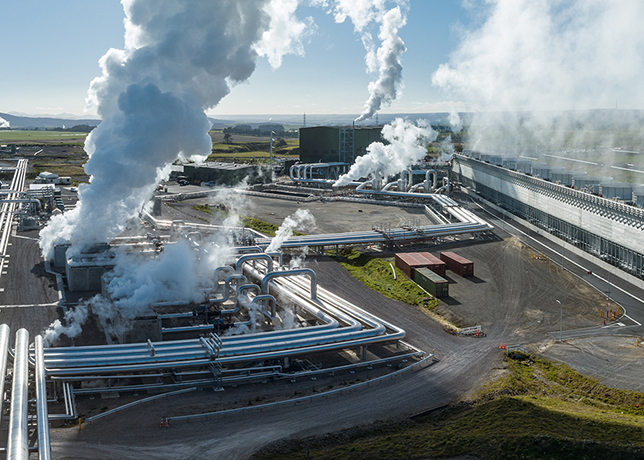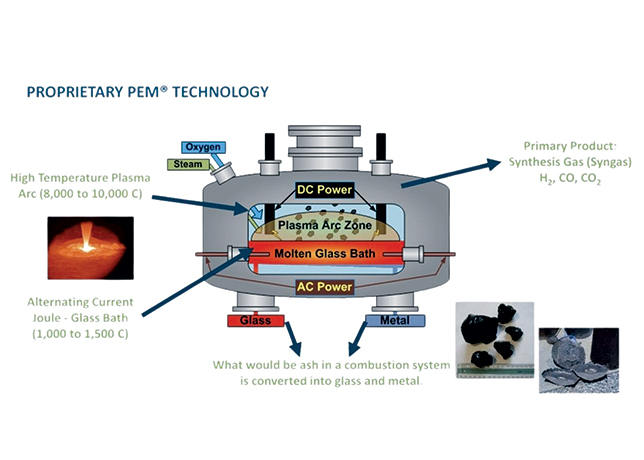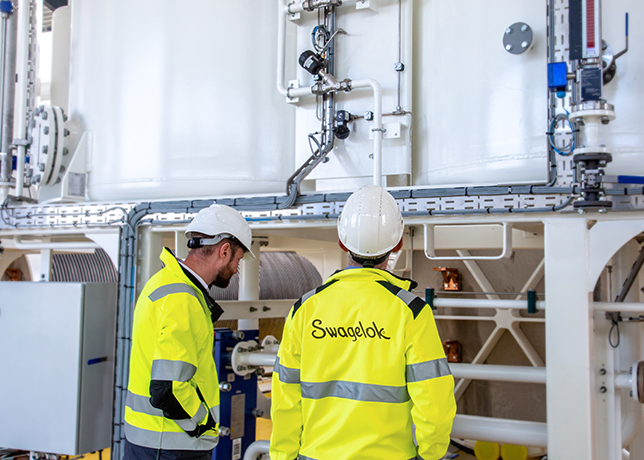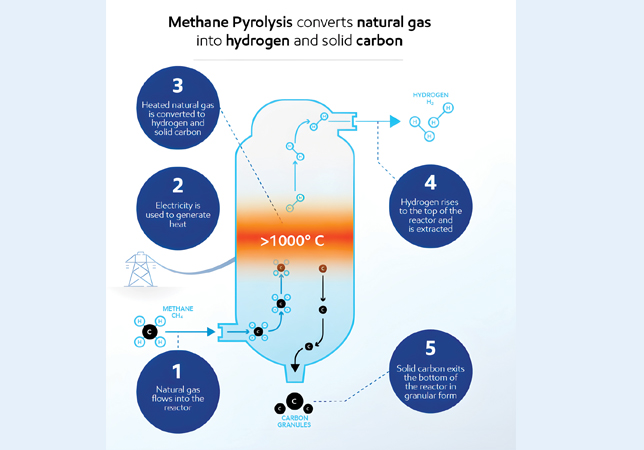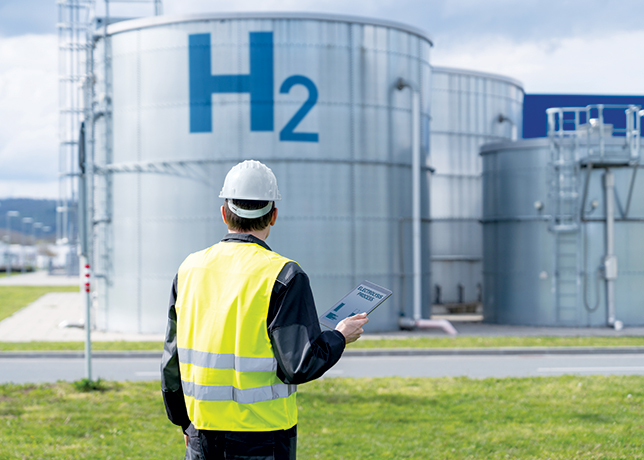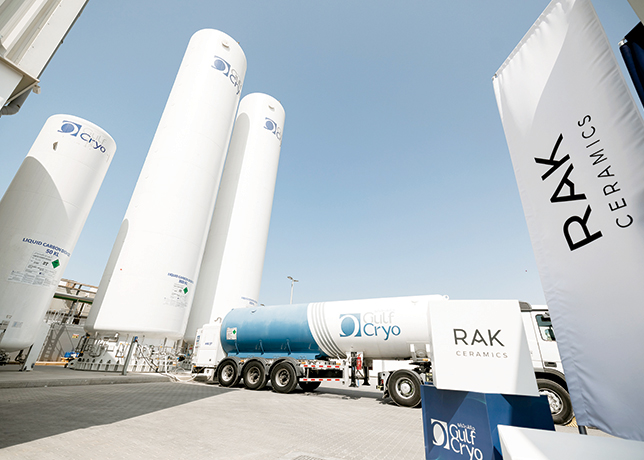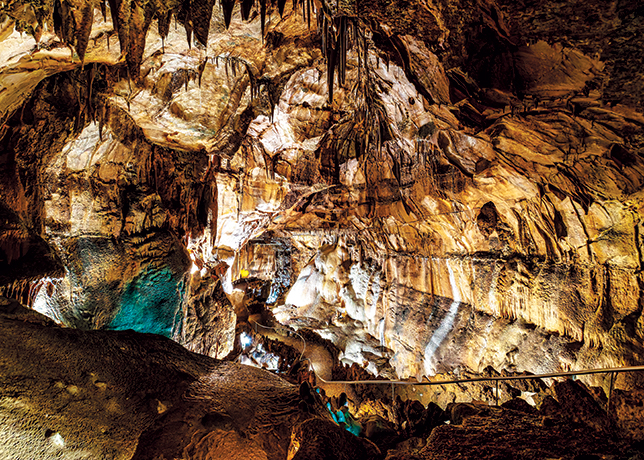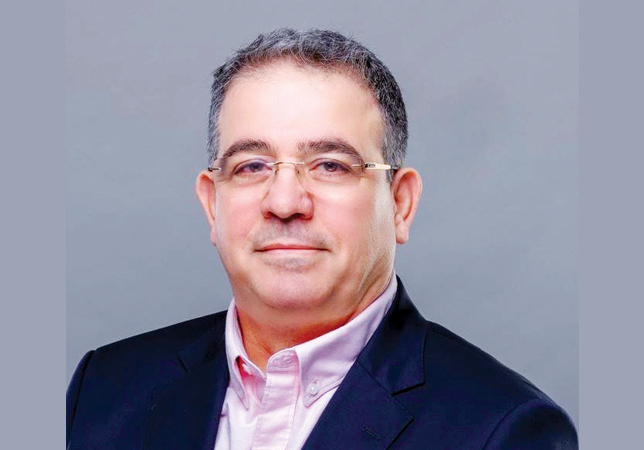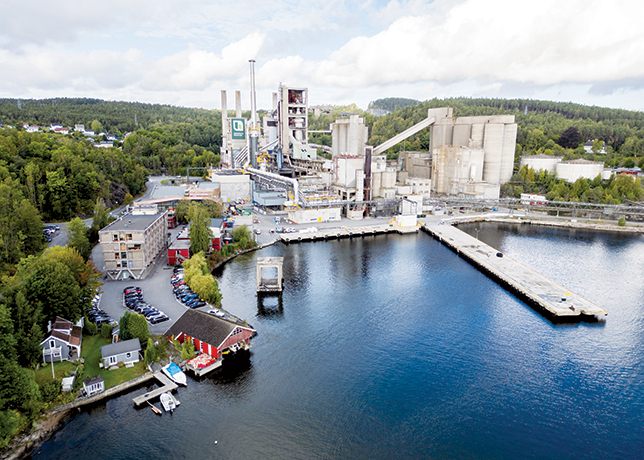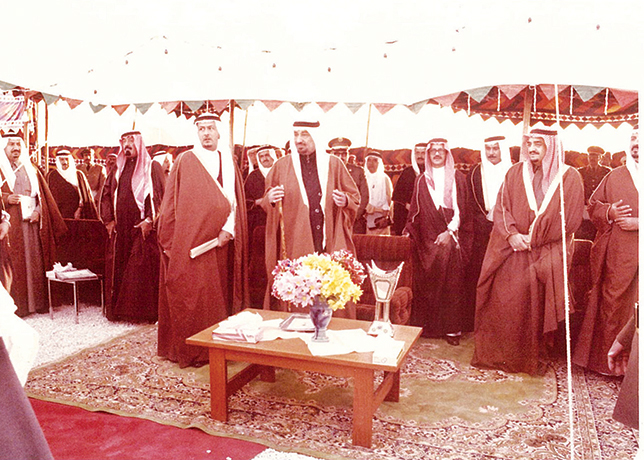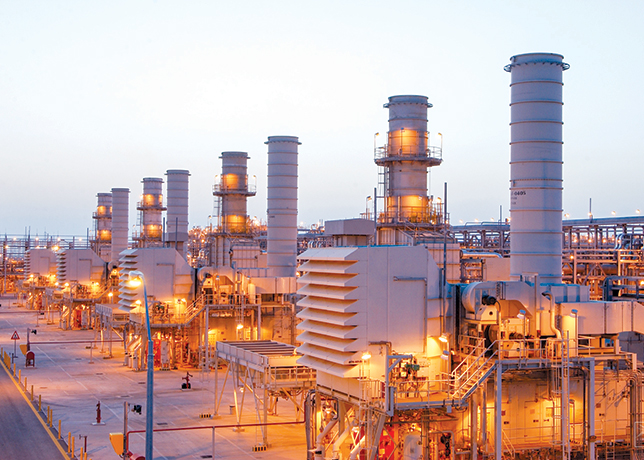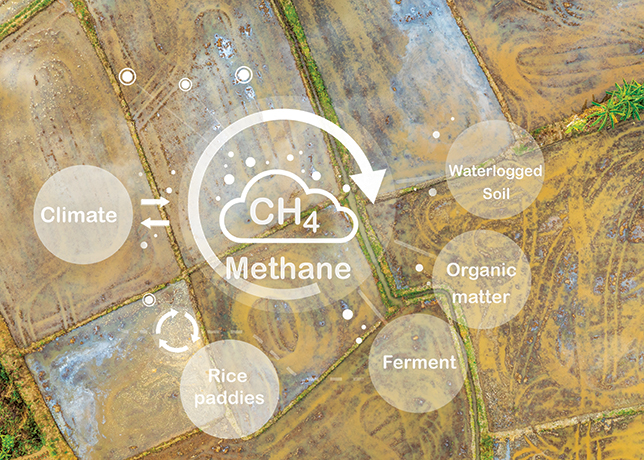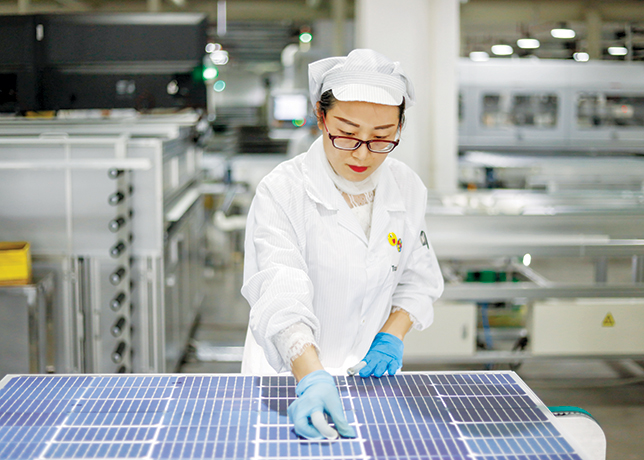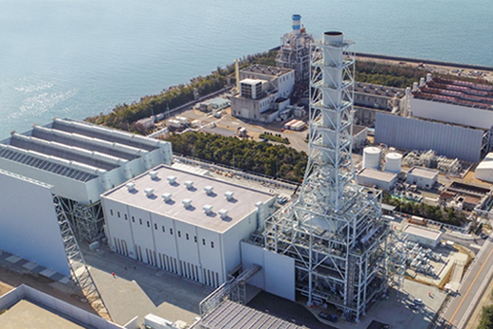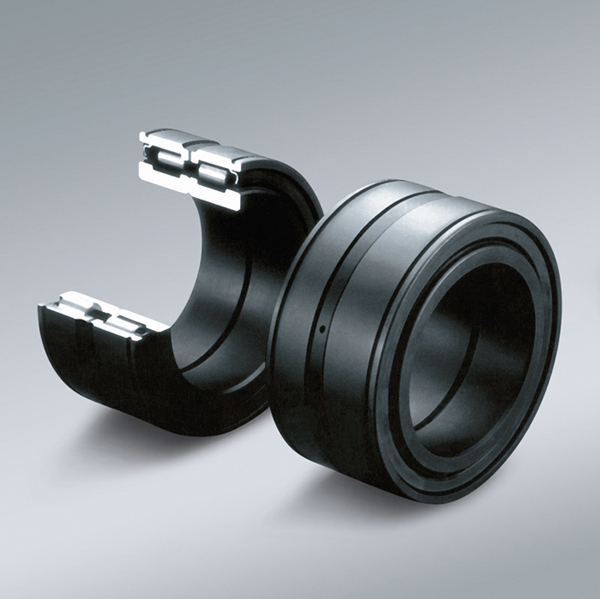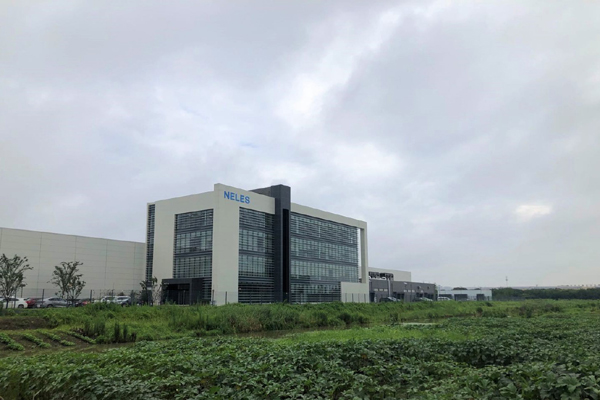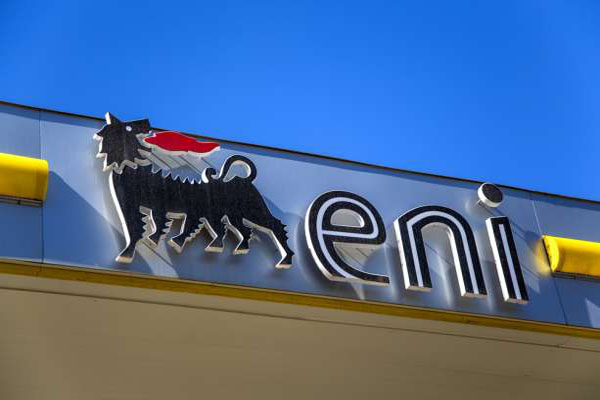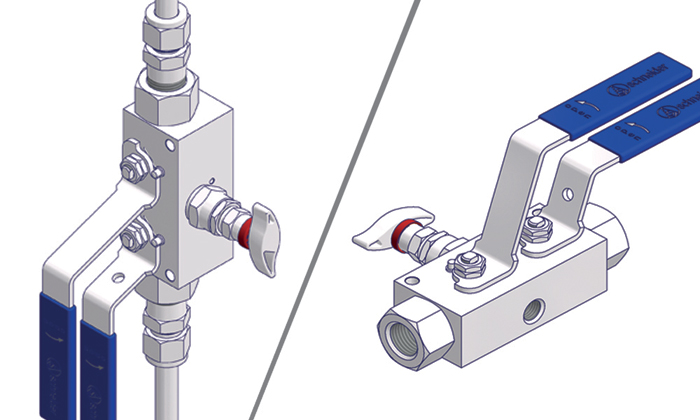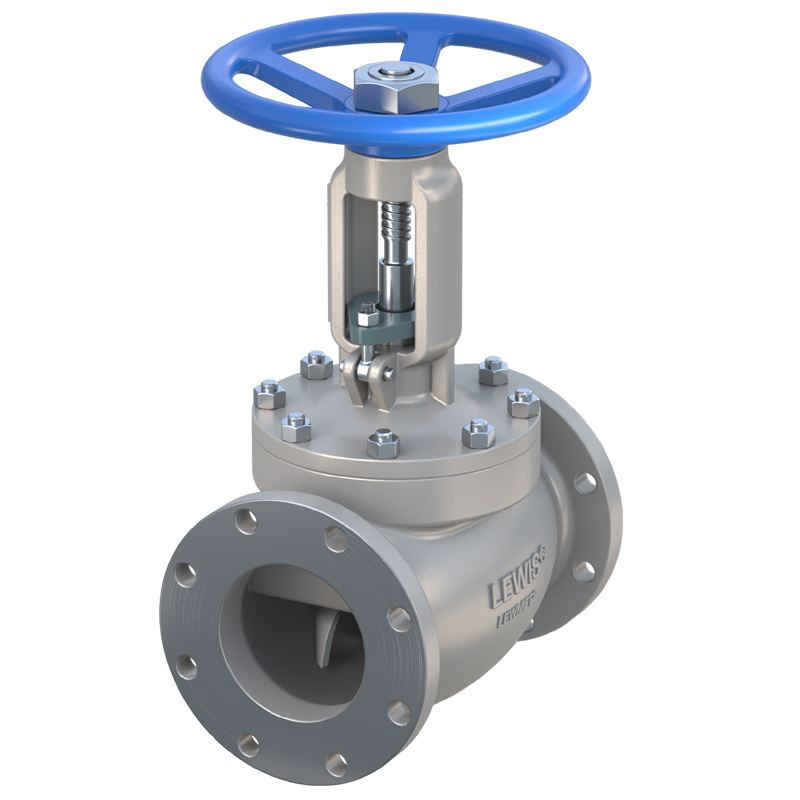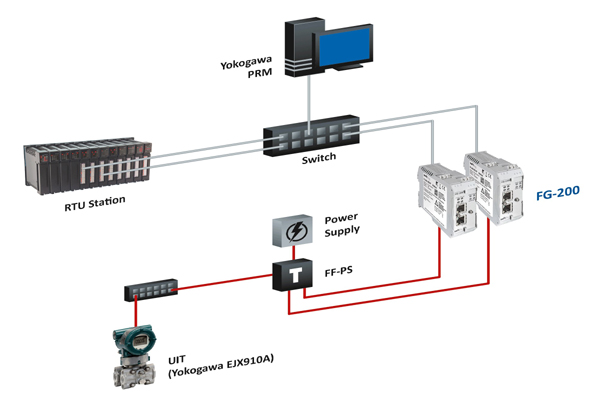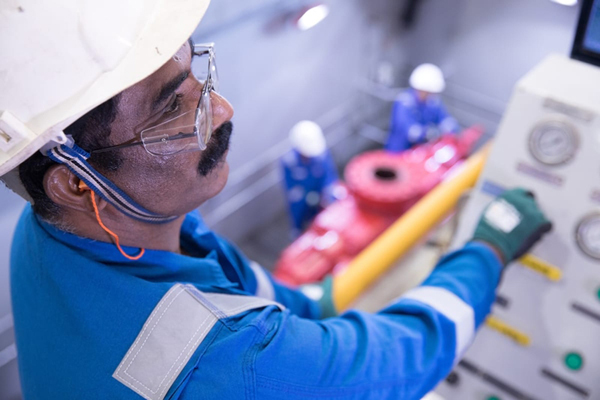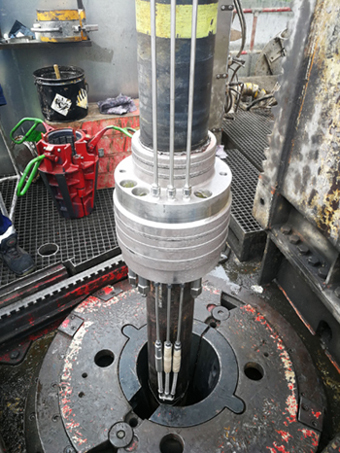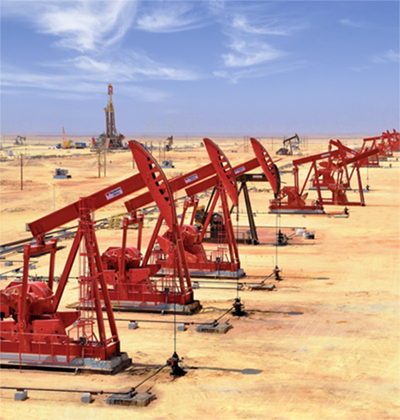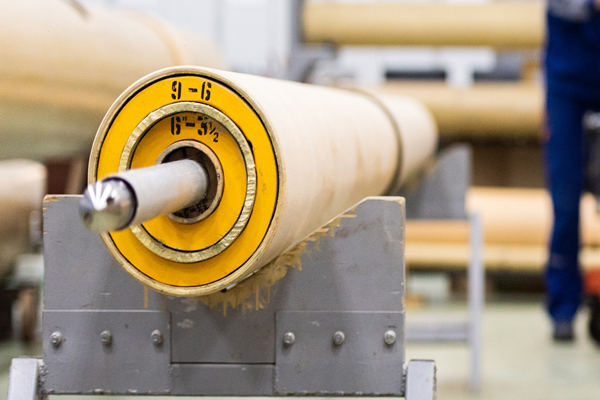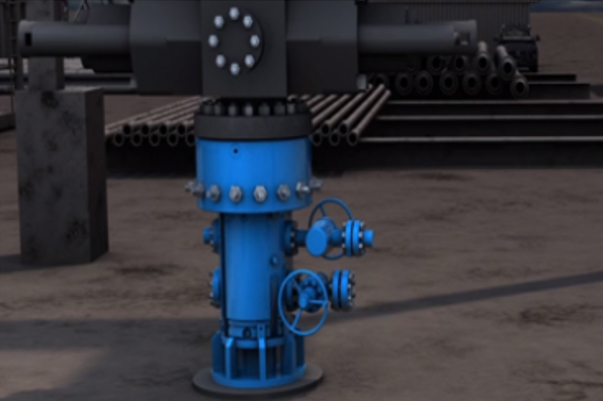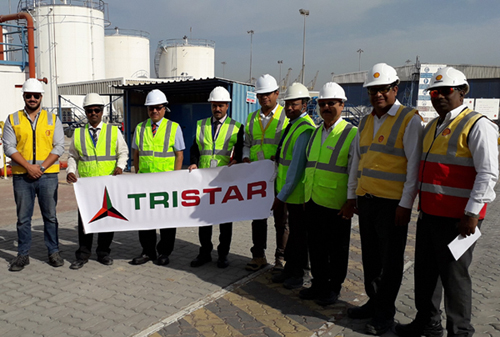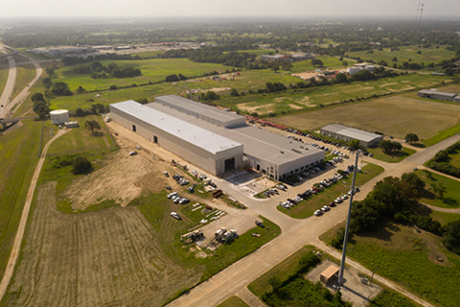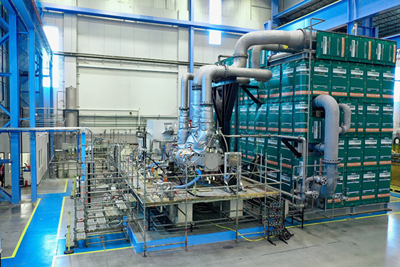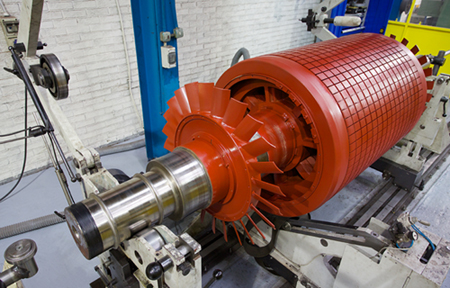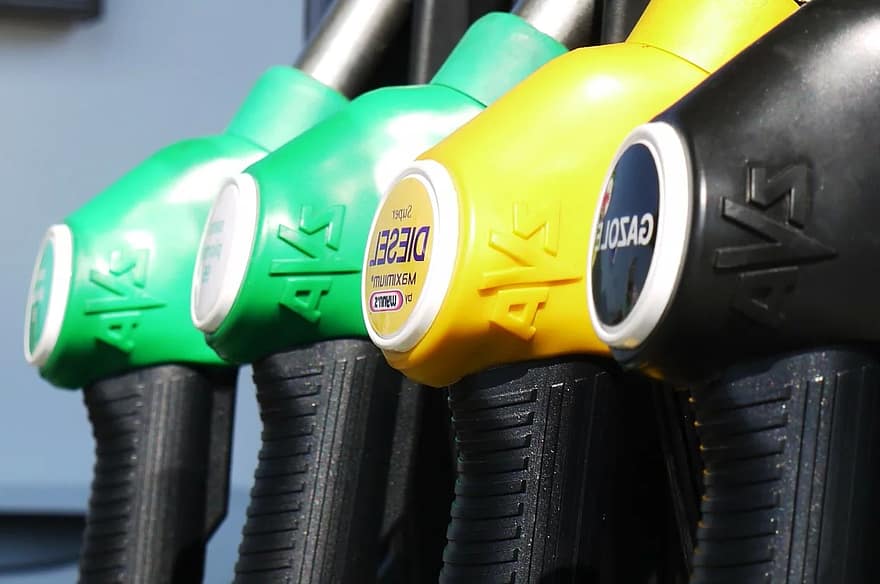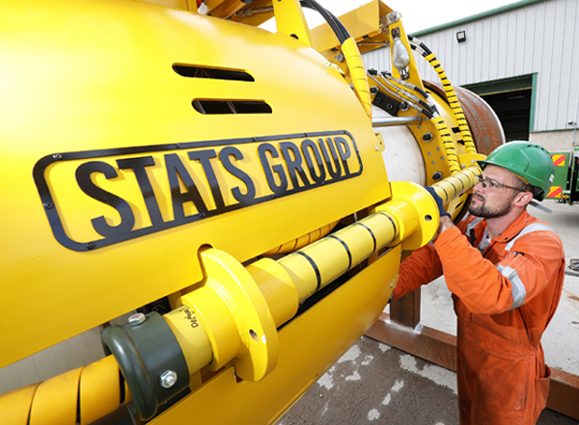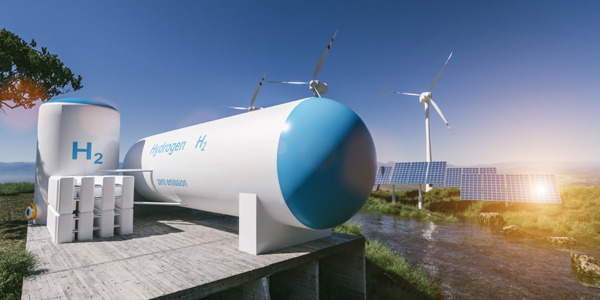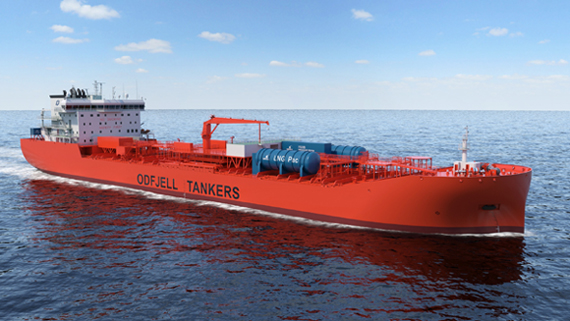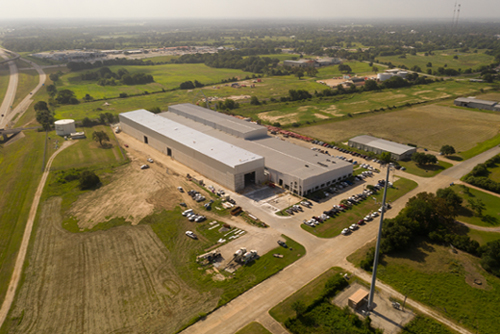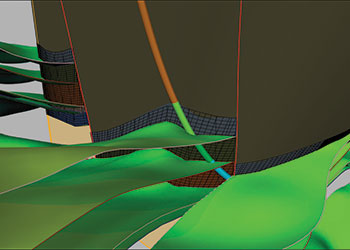
 Saeed Mubarak
Saeed Mubarak
The success of an RTRM depends on the ability to coordinate activities to achieve synchronised operations and to be able to integrate all the loops to improve the overall asset value, writes Saeed Mubarak, Chairman, SPE Digital Energy Technical Section
The recent increase in deployment of intelligent field technologies is a clear sign of industry confidence in the ability of this new technology to deliver on its promises. Real-time enabling technologies, collaborative thinking and decision-making processes are three essential elements for real-time field management environment. This environment ensures that information from various sources is integrated leading to outcomes that meet business objectives.
With emphasis on Real-time Reservoir Management (RTRM), the petroleum industry is seeking more efficient management and production processes to improve the asset value throughout its various stages. RTRM can be described as constantly improving an objective function(s) that is dependent upon the concept of closed loop model.
In this paper, examples of various real-time optimisation loops from actual fields will be presented to illustrate the above. These optimisation loops have different cycle times depending on the process being optimised. To illustrate the concept, Haradh Increment-III development demonstrates a case study, which is viewed as a milestone in real-time field management. The success of that development can be traced to the four elements of RTRM enabling technologies: geosteering, multi-lateral maximum reservoir wells, smart completions, and I-Field. As a result of applying various real-time optimisation loops, Field-H3 came on stream delivering its target rate five months ahead of schedule and has sustained better than expected performance.
INTRODUCTION
The concept of real-time management and closed loops are not new (Figure 1) but are considerably new with regards to reservoir management. The fact that RTRM is a wide, growing and vibrant field, the petroleum industry is seeking more efficient management and production processes, to improve the quality and speed of decision throughout the various stages of an asset by the use of intelligent fields’ technologies. A universal definition of RTRM has not yet been adopted by the oil and gas industry.
 |
Figure 1: Real-time Management Process |
For the purpose of this paper, RTRM can be described as constantly improving an objective function that describes value(s) from the asset. A company must have an overriding objective such as reducing operating cost, sustaining production, or maximising recovery and asset value. For Saudi Aramco RTRM, the overriding objective is to ensure that short-term optimisation supports long-term as-set value; namely, sustaining production targets and maximising ultimate recovery. These objectives can be accomplished by investing in enabling technologies, collaborative thinking, and decision-making processes throughout the various stages of the asset life.
Many technologies and processes have been adopted into our business from downstream industry. Even though, some technologies, processes and environments have not matured yet, we still need to target them. Piloting such technologies provides unique learning opportunities and insights into their effectiveness and applications; hence, facilitates earlier good results and benefits. Closed loop RTRM makes sure that the full potential of various technologies is delivered. This advocated concept of closed loop RTRM is not by all means fully automated as will be illustrated in this paper.
RTRM is not about speeding up the flow of data; RTRM is about being able to monitor an asset continuously and react on time. Data will contribute to the increase of information and provide opportunities to develop new environments that will foster analysis, collaborative decision-making, optimisation processes, and new automated responses. RTRM loops will come in different themes, depending on the role of the end-users and systems concerned. This section will discuss several RTRM closed loops case studies from Field-H.
RTRM CLOSED LOOPS CASE STUDIES
 |
Figure 2: RTRM optimisation loops |
RTRM incorporates diverse objective functions be-cause of the uniqueness of every case under evaluation. There is no 'one-size-fits-all' approach. Given the best knowledge about the environment under evaluation, options are ranked according to the likelihood of meeting the objective that they fulfill. Things become more complex when more than one objective is available when deter-mining the course of actions. The relative importance of the different objectives is taken into account in determining the overall order of the various options.
The concept of RTRM can be applied to any environment under evaluation (an operation, well, reservoir, process, etc). In RTRM, loops have different cycle times or time units depending on the process being optimised. Slow loops for instance focus on an entire asset while fast loops main focus is different elements of the asset (an instrument, function or process). These optimisation loops have different cycle times depending on the process being optimised. With advancements in technologies and improvements in processes and expertise, it is reasonable to say that all loops durations will be smaller (Figure 2).
Any slow loop would have several embedded fast loops within it. Optimising any of the embedded fast loops would be relatively simple but arguably would lead to optimising an asset. Due to the fact that slow loops functions look over the entire asset optimisation, the integration of its fast loops be-comes necessary to realise their advantages. This section will discuss several successful implementations of RTRM.
COLLABORATIVE THINKING ENVIRONMENT
Drilling operations have long been equipped with all kind of directional surveys and steering control capabilities. What makes them more useful is that they are now connected and available in real-time where all data are transmitted via satellite to remote geosteering centers. If there is any deviation from a plan or new information to be conveyed, current environment facilitates collaborative thinking, allows proactive assessment, and promotes corrective measures. The Field-H3 for instance was developed solely with Maximum Reservoir Contact (MRC) multilateral wells. One of the main elements contributing to the increment success was real-time geosteering operations. In these operations, the collaboration among a multidisciplinary team, consisting of reservoir engineers, geologists, directional drillers, and drilling engineers have clearly reflected in the continuous improvement translated into an actual performance and the outcome.
MAXIMISING THE VALUE OF AN ASSET
 |
Figure 3: RTRM reduces time to close optimisation loops |
Well-A was completed in an area characterised by heterogeneity in reservoir rock properties, salinity, and fluid movement. The location dictated a completion that can capture real-time data, maximise control, optimise production, and increase value. This well was equipped with fit for purpose technologies (that is, smart completion, downhole gauges and MPFM) that allow control and continuous data measurement and transmission capabilities. The data were transmitted in real time for instantaneous analysis, multidiscipline decision, and subsequent real-time implementation.
The objectives of the project were achieved when the anticipated performance was realised. The three main enablers of this optimisation process were the abilities to monitor, manage and maximise asset value by multidiscipline teamwork, real-time control, real-time data acquisition and decision-making (Figure 3). Leveraged knowledge from the well and similar experiences provided an insight into RTRM implementation capabilities and potential benefits not only in individual well completions but in field development as well. Subsequent fields’ developments were instrumented with technologies and infrastructure that allow real-time remote monitoring and controlling over the whole asset.
RTRM was evident when these instrumented fields and their wells were remotely tested and their rates were optimised in accordance with the overall well and field strategy. The optimised performance was achieved by having team members from different disciplines, at different locations, collaborating, viewing the data, analysing the data, making decisions, and implementing actions in real-time. Instantaneous optimisations were possible over the whole asset by integrating various real-time data from the individual reservoir, wells, flowlines, and production facilities. As a result of these optimisations, these fields have been sustaining their exceptional performance.
PREDICTIVE, PREVENTIVE AND PROACTIVE MODES
 |
Figure 4: Geosteering technology significantly reduces drilling time |
Typically, in any development, it takes several months before anybody worries about any production data. Everybody will be busy celebrating the accomplishments or debugging facilities and other issues. Data will be the last thing to be thought of. What is so interesting in the instrumented fields is that field data are transmitted in real-time from day one; in fact or even prior to production.
In Field-H, during the pre-injection period and prior to putting the wells into production, reservoir pressure data were collected, analyzed, and used to make subsequent decisions. During the pre-injection period, real-time reservoir pressure data were obtained from 12 wells across the field. This allowed generating dynamic isobaric maps that gave an insight into the evolution of the good pressure response over the reservoir. At the time, the RTRM environment predicted how water encroachment would be, prevented any risk or optimisation opportunities and proactively determined optimal injection and production rates of individual wells and region; hence, the optimisation loop was closed (Figure 4).
MULTIPLE LOOPS INTEGRATION
As discussed in previous sections, RTRM loops come in different themes and most slow loops would consist of several fast loops. Multiple loops integration is a process where different loops fast and slow are incorporated to support both the short term and long-term objectives of an asset.
Well-B, a trilateral MRC well, was tested at different surface choke setting to examine the contribution of individual laterals. Production data indicated potential cross flow between the laterals at certain choke settings. The choke was adjusted to a setting that eliminated the cross flow and the loop was closed by producing the well at that rate.
Subsequent comprehensive modeling of the well performance was done. The study included geo-logical and petrophysical data along with a full field simulation model that incorporated near well-bore model. The model resulted in a very close match to laterals’ contributions. The lessons learned of this experience were captured and the loop was close by understanding the flow mechanism in this well and by leveraging the knowledge into and designing subsequent simulation models, well completions and well and reservoir performance studies.
Data from multiple loops including and similar to the above were used as inputs into dual-porosity/dual-permeability models (DPDP). These models in conjunction with field dynamic data produced a better history match.
PREPARE FOR UNINTENDED CONSEQUENCES
It is expected that every change in management, strategy or work process has unforeseen positive or negative consequences. An unintended consequence might be a discovery of a new idea, an innovation, etc.; however, it can be an undesirable risk or complexity. Either way, cautious steps must be taken to identify an approach that is enabling rather than limiting. Business as unusual is the environment we must accept; business as usual has in it considerable adverse consequences. The pace of the advances in technology, failure to take advantage of opportunities to improve business, all translate into less capability. We must adopt new strategies capable of identifying RMTM enabling technologies that do the following:
• Predict negative consequence
• Prevent or minimise their adverse impacts
• Take advantage of opportunities
• Facilitate quick change
• Accommodate modification of business environment
Upon analysing the advantages and disadvantages of RTRM, and associated technologies, it is clear that the potential benefits far offset the potential costs associated with unintended consequences when an effective technology strategy is adopted. The Field-H3 was selected to serve as a prototype to examine the nature of the changes necessitated by RTRM, and to test the environment and approach, for developing concepts and implementing changes. The new environment is supported by leaders across the board.
Due to the nature of the reservoir in Field-H3, the original plan was to complete all wells as quad-laterals. The plan has changed upon realising that the available technologies can target better quality reservoir rock and provide real-time assessment capabilities (positive consequences). Subsequent evaluation of the results led to modifying several well completions to tri-laterals with no adverse impact on potential.
As a result of applying various optimisation loops during the development and operation of Field-H3, our ambitious plans were exceeded. The field came on stream delivering its objectives five months ahead of schedule and has sustained better than expected performance.
CONCLUSION
The success of RTRM depends to a large extent upon the ability to coordinate activities to achieve synchronised operations and to be able to integrate all the loops to improve the overall asset value. The clear advancement in technology made it possible to provide more real-time reliable information to facilitate quicker and better decision. The examples illustrated in this paper have provided us with confidence in the ability of different technologies to deliver on their promises and we will continue to adopt and utilise them when-ever applicable.
RTRM is increasingly becoming an information and collaboration environment organisation. With this new transformation comes both risks and opportunities. A new business environment will be generated, and a wide range of unintended consequences will evolve. Once those consequences are identified, they will be managed by adopting new processes and new ways of doing business will evolve. To succeed, we will always require new knowledge and we shall need more research.
The role of management has the greatest impact on demonstrating the importance of this new business environment by developing a vision and a mission that ensure continuous improvement in the entire asset value.
• Saeed Mubarak is the Chairman of SPE Digital Energy International Technical Section (DETS), a member in the advisory Committee of SPE Data Science and Engineering Analytics (DSEA), and an industry advisor for Texas A&M University SPE student chapter. He has served in numerous international technical steering, advisory board, program committees member, and in the SPE International M&I awards advisory committee.
Saeed is currently an intelligent fields and petroleum engineering consultant at Saudi Aramco, based in Dhahran, Saudi Arabia. He began his career in 1992 with Saudi Aramco where he worked as Reservoir, Production, Drilling & Completion, Facilities, Knowledge Management, and Intelligent Fields engineer and specialist. He has led several important teams including the strategic team managing the world’s largest intelligent fields in Saudi Aramco.
This paper is republished from SPE Digital Energy Technical Section Newsletter Q4 2020.



